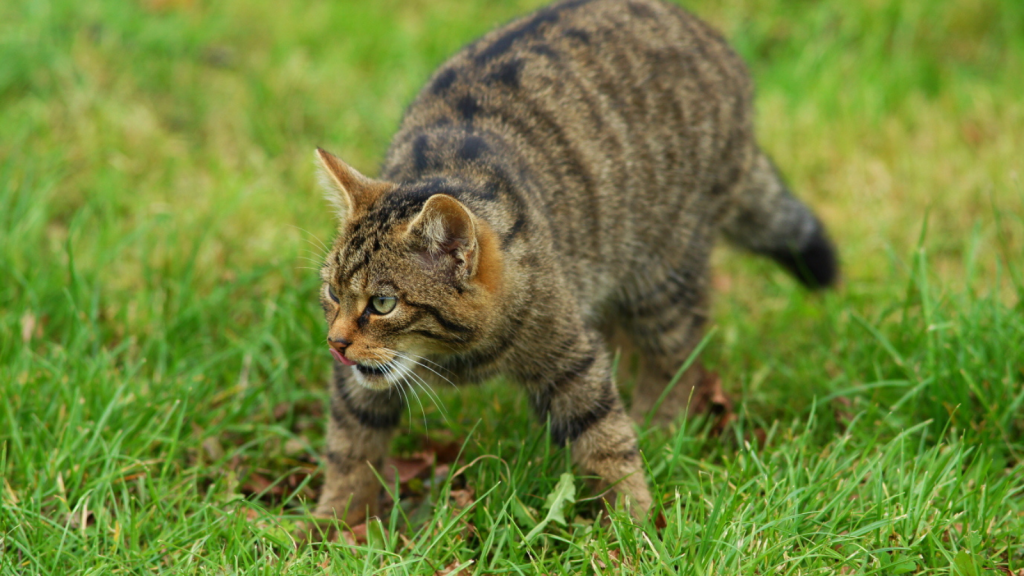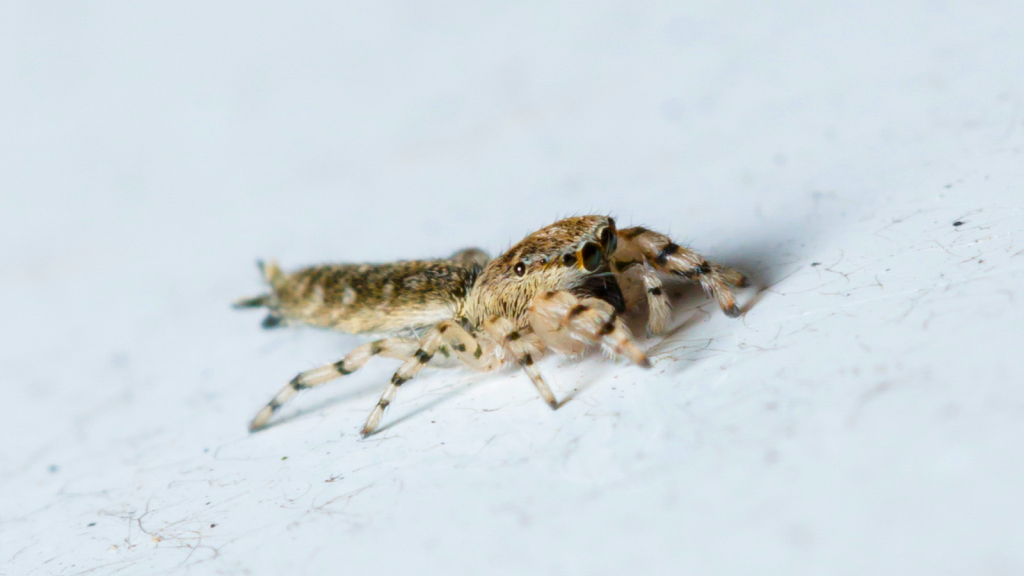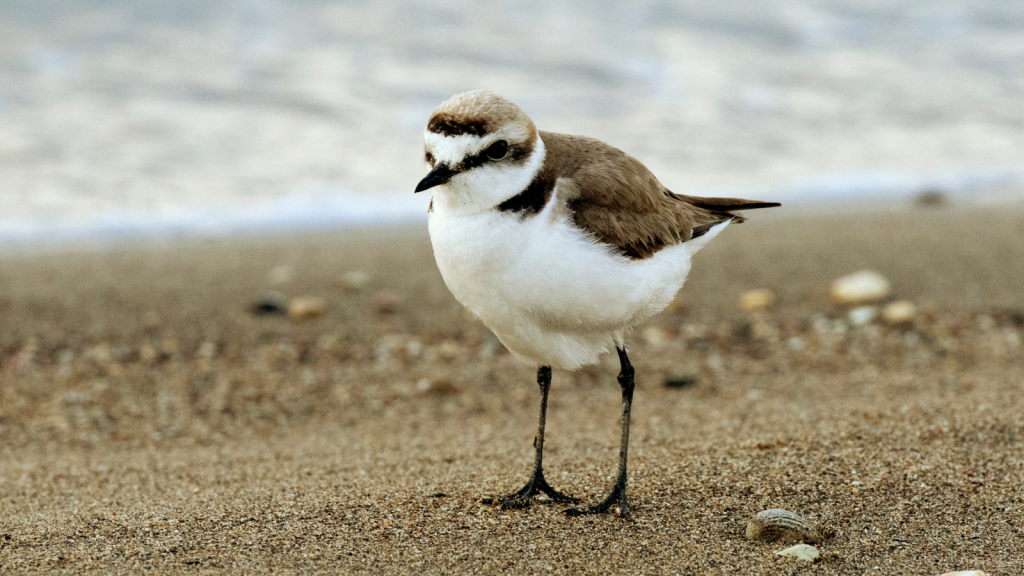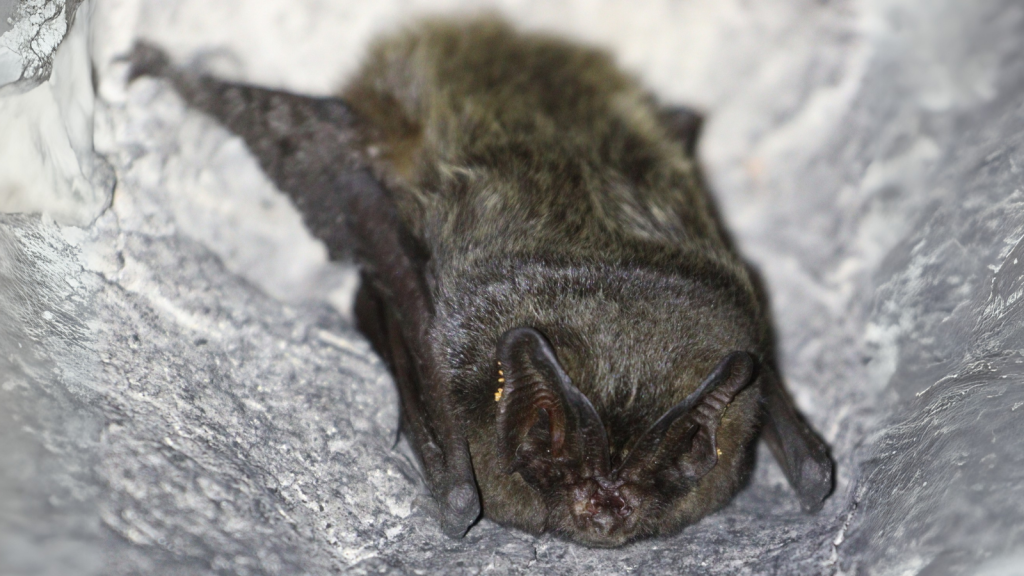The British Isles are home to a wealth of fascinating wildlife, many of which remain hidden from the public eye. From the depths of our seas to the heights of our mountains, these islands harbour some truly remarkable creatures. Some are small and elusive, while others are simply overshadowed by their more famous cousins. This list will introduce you to 15 amazing animals that call the British Isles home, yet rarely make headlines. Prepare to be amazed by the wonders lurking in our own backyard!
Scottish Wildcat

The Scottish wildcat is often called the “Tiger of the Highlands”. It looks like a large, muscular tabby cat but is completely wild. These cats are incredibly rare, with only a few hundred left in the wild. They’re known for their fierce nature and are excellent hunters. Scottish wildcats face threats from hybridisation with domestic cats, which dilutes their unique genetic makeup.
Cornish Sucker Fish

This small fish has a unique disc-shaped sucker on its belly. It uses this to cling to rocks in rough coastal waters. The Cornish sucker fish is found mainly around the coasts of Cornwall and the Isles of Scilly. Its ability to stick to surfaces helps it survive in choppy seas. These fish play a crucial role in keeping rock pools clean by feeding on algae and small invertebrates.
Wart-Biter Cricket

The wart-biter cricket is one of the UK’s rarest insects. It gets its unusual name from an old Swedish practice of using them to bite off warts. These large, impressive crickets are bright green and can grow up to 35mm long. They’re found in only a handful of chalk grassland sites in southern England. Wart-biter crickets are fierce predators, known to eat other insects and even small lizards. Conservation efforts are underway to protect this endangered species, including careful habitat management and captive breeding programmes.
Natterjack Toad

The natterjack toad is known for its loud mating call, which can be heard from over a mile away. It’s smaller than the common toad and has a yellow stripe down its back. These toads are found in coastal areas and sandy heaths, but their numbers have declined due to habitat loss. Natterjacks are unique among British amphibians in that they run rather than hop, using their short legs to sprint across open ground.
St Kilda Wren

This tiny bird is only found on the remote St Kilda archipelago off Scotland’s west coast. It’s slightly larger and darker than the mainland wren. The St Kilda wren has adapted to the harsh, treeless environment of these windswept islands. These birds have evolved stronger feet and legs than mainland wrens, allowing them to cling to rocky cliffs in high winds.
Hazel Pot Beetle

This small, round beetle gets its name from its pot-like shape. It’s a beautiful metallic green colour and lives on hazel and birch trees. The hazel pot beetle is extremely rare, found in only a handful of sites in the UK. Female hazel pot beetles have a unique behaviour of wrapping their eggs in leaves, creating a protective pod for their offspring.
White-Clawed Crayfish

This native crayfish species is under threat from introduced American signal crayfish. White-clawed crayfish have pale undersides on their claws, giving them their name. They live in clean, calm waters and are important indicators of water quality. These crayfish can live up to 12 years and play a vital role in maintaining the health of our rivers and streams by eating decaying plant matter.
Stout Jumping Spider

Despite its name, this spider is actually quite small. It’s known for its fuzzy appearance and large front eyes. The stout jumping spider doesn’t build webs but hunts by pouncing on its prey. It’s found in sandy coastal areas and heathlands. These spiders have exceptional eyesight, with the ability to see in colour and perceive depth, which is unusual among arachnids.
Ivell’s Sea Anemone

This tiny sea anemone is critically endangered and only found in one lagoon in West Sussex. It’s so rare that it wasn’t seen for over 50 years until its rediscovery in 2016. Ivell’s sea anemone is smaller than a fingernail and lives attached to stones or shells. Unlike many sea anemones, this species can detach and slowly move to new locations, a useful adaptation for life in a changing lagoon environment.
New Forest Cicada

The New Forest cicada is the UK’s only native cicada species. It hasn’t been seen since 2000 and might be extinct. These insects are known for their loud singing, produced by vibrating membranes on their abdomens. Scientists are still searching for them in the New Forest. A citizen science project has been launched, encouraging people to use a smartphone app to detect the cicada’s high-pitched song, which many humans can’t hear.
Kentish Plover

This small wading bird used to breed regularly on the coasts of southeast England. Now, it’s an extremely rare visitor. Kentish plovers have distinctive black markings on their heads and necks. They nest on beaches, making them vulnerable to disturbance. These birds have a clever defence mechanism: when predators approach their nests, they pretend to have a broken wing to lure the threat away from their eggs or chicks.
Narrow-Headed Ant

This ant species is only found in two places in the UK – Devon and the Scottish Highlands. It gets its name from its unusually narrow head. Narrow-headed ants build large nests in sunny woodland clearings and heathland. These ants are unique among British species in that they have two types of queens: those that start new colonies and those that stay in the existing nest.
Tadpole Shrimp

Tadpole shrimp are living fossils, barely changing in appearance for over 300 million years. They live in temporary pools and have eggs that can survive for years in dry soil. When rain fills the pools, the eggs hatch quickly, and the shrimp grow and reproduce before the water dries up again. These remarkable creatures can grow to their adult size in just two weeks, one of the fastest growth rates in the animal kingdom.
Barbastelle Bat

The barbastelle bat is one of the UK’s rarest bats. It has a distinctive pug-like face with wide ears that meet on its forehead. These bats prefer old woodland habitats and are sensitive to light pollution. They use echolocation to hunt moths at night. Barbastelle bats have a unique hunting strategy: they fly with their mouths open to continuously echolocate, allowing them to detect and catch moths in mid-flight.
Tansy Beetle

Once widespread, the tansy beetle is now found only along a short stretch of the River Ouse in York. It’s a beautiful iridescent green beetle that feeds exclusively on the tansy plant. Conservation efforts are underway to protect this critically endangered insect. The tansy beetle has earned the nickname “Jewel of York” due to its stunning metallic green colouration, which changes hue depending on the angle of light.
15 Animals That Eat Hornets

Nature never fails to amaze me. Who would’ve thought so many creatures would prey on hornets? Their painful stings and fierce and aggressive behaviour make them seem like a pretty unappetizing meal to me. While hornets might seem like formidable insects that few creatures would dare to tangle with, they actually have quite a few natural enemies. From nimble birds to crafty mammals, plenty of other creatures make meals out of these stinging insects.
Read More: 15 Animals That Eat Hornets
Meet the Wolf Spider | One of Britain’s Biggest Spiders

Wolf spiders are a remarkable group of arachnids found across the UK and around the world. These agile hunters get their name from their wolf-like hunting style, actively chasing down prey rather than spinning webs. With their large eyes and hairy bodies, wolf spiders might look intimidating, but they’re actually quite beneficial to gardens and homes. These spiders help control pest populations and are generally harmless to humans. From their unique parenting techniques to their impressive hunting skills, wolf spiders are full of surprises.
Read More: Meet the Wolf Spider | One of Britain’s Biggest Spiders
Becky is a fervent wildlife enthusiast and pet care expert with a diploma in canine nutrition. Her love for animals stretches beyond the domestic, embracing the wild tapestry of global fauna. With over a decade of experience in animal welfare, Becky lends her expertise to OutlandishOwl through insightful articles, captivating wildlife information, and invaluable guidance on pet nutrition. Her work embodies a deep commitment to understanding the intricate lives of animals and a passion for educating others on sustaining natural habitats. Becky's hands-on conservation efforts and her knack for translating complex dietary science into practical pet feeding tips make her an indispensable voice for creatures great and small.




